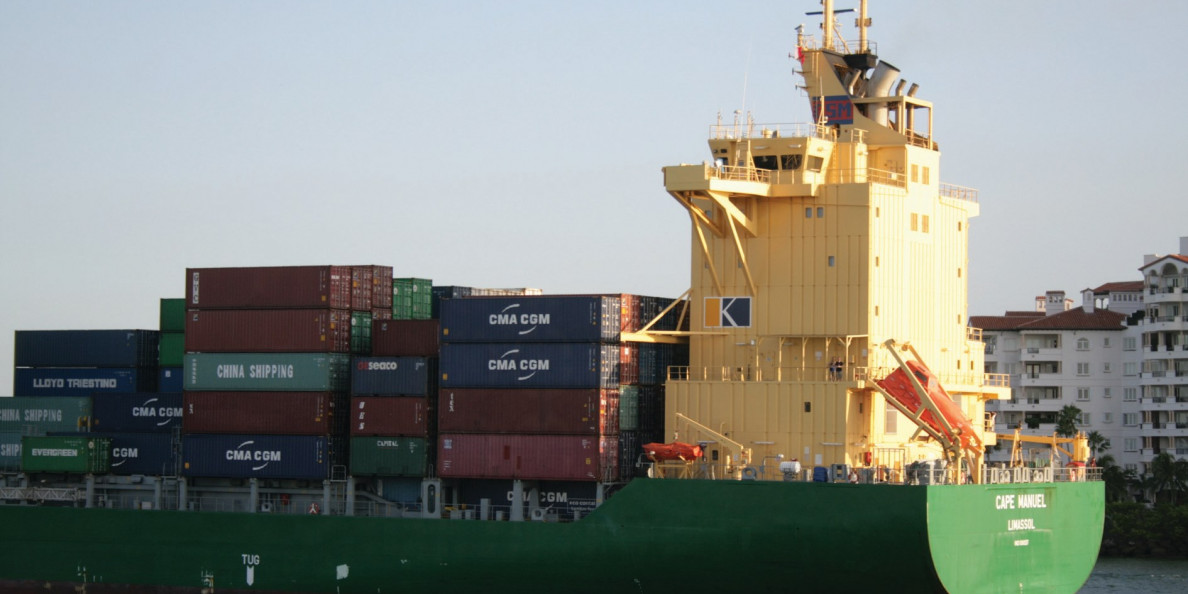There were rumors in circulation on Wednesday that China would allocate 2 million tons of sliding-scale duty quotas for cotton, including 700kt for processing trade, 700kt for market circulation and 600kt for state reserves. In the afternoon, Zhengzhou cotton futures market slipped and fluctuated. We believe that if the news is true, with the open window for imported cotton, the imports will impact much on Chinese cotton, and it is not proper to immediately issue the 2 million tons of cotton quotas, but to issue the quotas step by step according to domestic conditions, which will be more conducive to protecting the development of the domestic cotton textile industry.
1. The allocation of quotas may result in a large number of foreign cotton customs clearance
According to the data tracked by CCFGroup, for the major import origins (U.S. cotton, Brazilian cotton and Indian cotton), there are still profits no matter under 1% tariff or under sliding-scale duty. In recent months, cotton imports have increased significantly and due to tight quotas, large quantity of imported cotton waits for clearance.
If the 2 million tons of sliding-scale duty quotas are allocated, the imported cotton will be cleared intensively. In 2020/21 season (Sep 2020 to Feb 2021), China has imported 1.66 million tons of cotton, which has surpassed the total imports of 2019/20 season. If the 2 million tons of quotas are used up, the imports in 2020/21 season may reach 3.66 million tons, a new high since 2013/14 season.
2. The allocation of quotas will have great impact on Chinese cotton
According to CCFGroup, Chinese cotton production is projected at 6.30 million tons in 2020/21 season, up 8.7% from 2019/20 season, a new high since 2014/15 season. Though cotton consumption may have obvious rise this season, the ending stocks are also high, indicating the ample domestic cotton supply.
If the cotton quotas are allocated, it is bound to increase the supply, and Chinese cotton with high prices will be replaced by the imported cotton, and Chinese cotton prices are supposed to drag down obviously. Currently, it is the sowing period for domestic cotton crops. The lower cotton prices will restrain growers' planting enthusiasm, leading to more competition of cotton and food crops on fields. With the decline in domestic cotton production, it is bound to increase imports to make up for the domestic supply gap. As a strategic reserve material, cotton has been developing actively and healthily under the national major policies for many years. The short-term release of the 2 million tons of sliding-scale duty quota will inevitably lead to damage to this policy. At the same time, after the H&M's Xinjiang statement, domestic market supports Xinjiang cotton well. What is the purpose of allocating the cotton quotas at this time?
In summary, the news about allocation of 2 million tons of cotton quotas is more likely to be a smoke bomb from the bears, although it is an urgent need of importers, while based on the current domestic cotton textile industry, it is not suitable to issue 2 million tons of cotton quotas immediately at this time, but to issue the quotas step by step according to domestic conditions, which will be more conducive to protecting the development of the domestic cotton textile industry.

CCFGroup: China to allocate 2 million tons of cotton quotas?
Το περιεχόμενο του άρθρου δεν είναι διαθέσιμο στη γλώσσα που έχετε επιλέξει και ως εκ τούτου το εμφανίζουμε στην αυθεντική του εκδοχή. Μπορείτε να χρησιμοποιήσετε την υπηρεσία Google Translate για να το μεταφράσετε.

